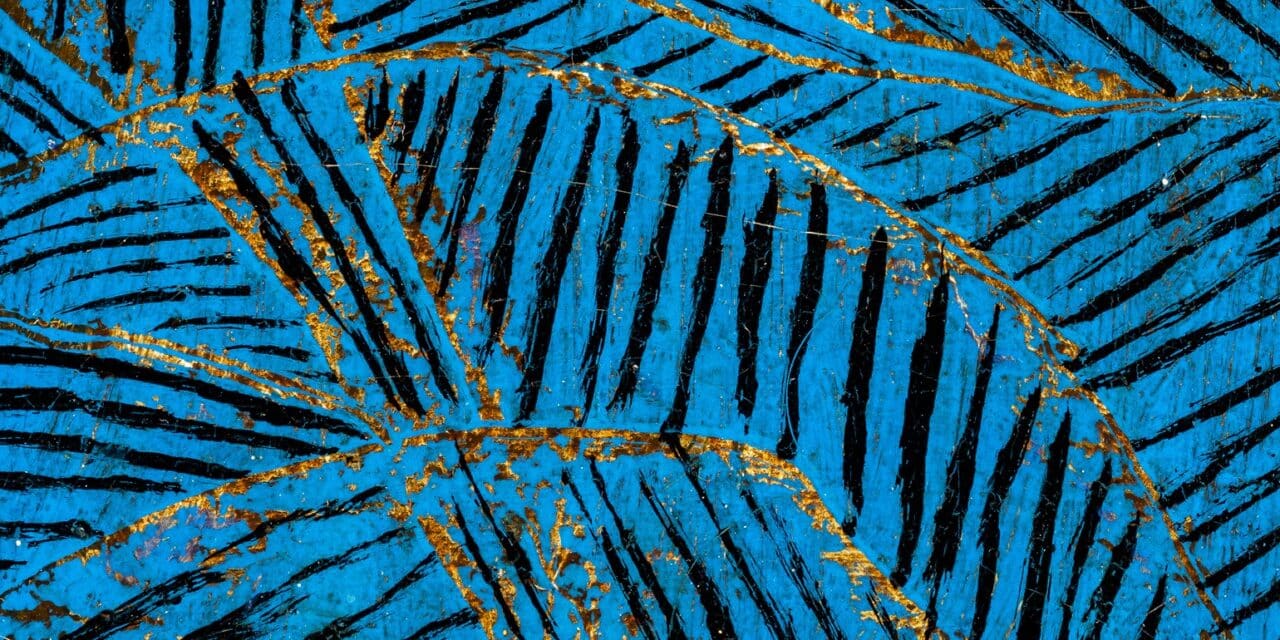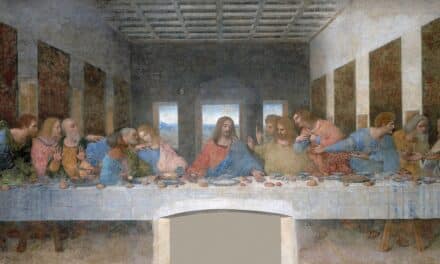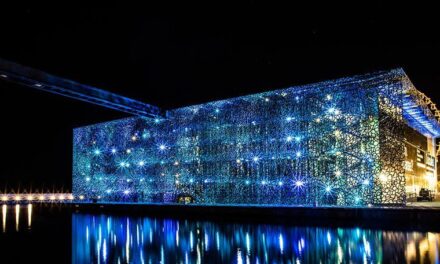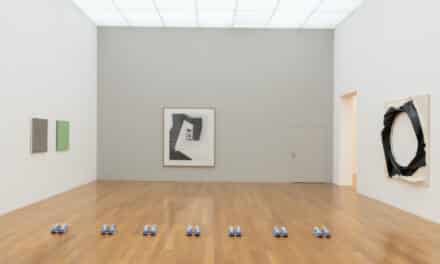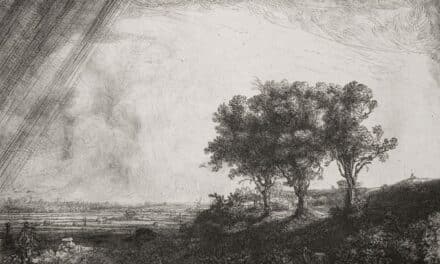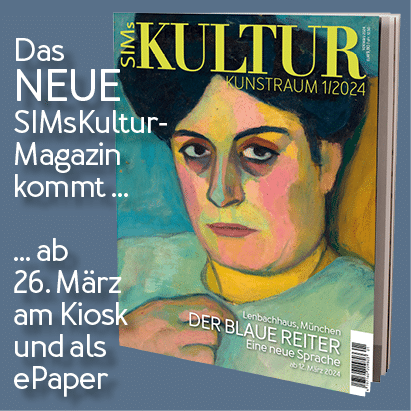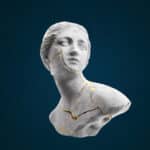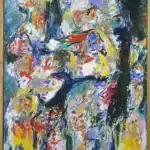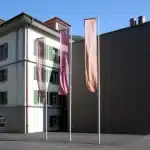The Museum of Fine Arts' cabinet exhibition pays tribute to the painter Simon Hantaï, who was born in Hungary a hundred years ago and became world-famous in France. Among the sixty or so works on display are two dozen previously unknown modernist masterpieces by the artist, who died in Paris in 2008, as well as the eight paintings that his family bequeathed to the museum in 2016.
The exhibition Hantaï, Klee and Other Abstractions presents works that Simon Hantaï created shortly after 1948 during his artistic time in Paris, when he explored the most important trends of modernism. In addition to works by Hantaï, visitors can also see works by Paul Klee, Joan Miró, Pablo Picasso, Sam Francis and Jackson Pollock, among others. This cabinet exhibition is the latest example of a cross-epochal artistic dialog and a curatorial methodology based on sequences of images.
The current show focuses on a previously unknown side of Simon Hantaï's art. The artist left Hungary in May 1948 and spent the following years studying modernist works in order to organize the visual experiences he had gathered at the Academy of Fine Arts in Budapest. The exhibition explores the sources of inspiration from which Hantaï drew during his years in Paris between 1948 and 1952. At the Budapest Academy, he began to study the art of Paul Klee, Joan Miró and Pablo Picasso, and after his emigration in 1948, it was also the original works in the French capital that he was able to become acquainted with. During this time, he pursued a highly innovative approach to the tradition of European modernism. Similar to the representatives of French late surrealism, abstract expressionism, post-surrealism and the American color field painters (Mark Tobey, Robert Motherwell, Jackson Pollock, Kenneth Noland), the Hungarian-born Hantaï was also strongly influenced by Paul Klee.
Without studying Klee, Miró, Picasso and others, Simon Hantaï could not have become the world-famous painter with great artistic freedom that his Etudes and Pliage paintings later made him. The intellectual heritage and distinctive formal language of Klee and other modernists are also subtly present in Hantaï's mature works, like a sustaining and pure source that creates a new nature of its own, on a par with Cezanne.
Hantaï's attention was also captivated by the works of his prominent contemporaries. The material in our exhibition, comprising some sixty works, includes masterpieces from the Museum of Fine Arts' Prints and Drawings Collection related to Hantaï's work (e.g. works by Miró, Jean Dubuffet, Henri Michaux, Roberto Matta, Wifredo Lam, Hans Hartung, Motherwell, Tobey and Sam Francis), most of which entered the collection in the 1980s and 1990s. The works by Paul Klee shown in our exhibition were generously made available to us by the Albertina in Vienna.
The final chord of the exhibition is formed by the eight small paintings that Simon Hantaï wanted to donate to the Museum of Fine Arts' collection of international art after 1800. When selecting the works in 2008, he chose paintings that would embody his artistic development between 1950 and 1995, in particular the process and history of the development of his method, the pliage technique (folding and binding technique). This process can be interpreted even more clearly today thanks to some exceptional works created between 1948 and 1952. Elements and precursors of his tabulas, bindings, leaf motifs, omissions and incompleteness as well as gestures can be discovered in the early Parisian paintings created under the influence of Klee, Miró, Picasso and Max Ernst, as well as the liberating influence of the intellectual milieu he found among his French, American and Canadian artist friends.
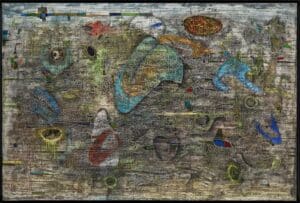
Simon Hantaï, Bia, 1922 - Paris, 2008 © Szépmüvészeti Múzeum 2019

